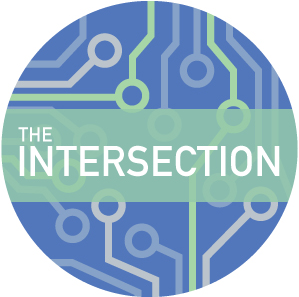Employee engagement is a loaded term that is about more than take-home pay or titles. 
Employees want to know that their work matters and that their bosses value them and are willing to support their ambitions and help them excel. The good news for federal agencies is that as a whole their employees are more engaged than they were a year ago, according to the 2015 Federal Employee Viewpoint Survey released this month.
The survey is full of data and even breaks down sentiments of employees who represent mission-critical occupations. I’m not here to debate what is or is not mission-critical, but there are a few points I believe are worth noting.
The mission-critical occupations (MCO) the survey highlights include economists, auditors, contract specialists, human resource specialists and information technology specialists. These are occupations where staffing gaps could affect the ability of agencies across the government to carry out their mission, the survey noted.
Employee engagement among MCOs in most cases exceeded the governmentwide score of 64 percent.
But a single number doesn’t always tell the whole story. Employees were also asked to rate how well their agencies perform in key areas, such as recruiting, retention, employee development and knowledge management. “MCO scores are generally higher compared to non-MCO occupations,” the survey found. “Economist scores are generally higher than all other MCOs, [but] IT specialists may require additional attention as their scores are lower in most areas than other occupations.”
IT specialists are among the most sought after professionals in the federal government, yet they do not give the government high ratings when it comes to recruiting, retaining or training them. Not only that, but when compared to other occupations fewer IT specialist feel they have enough information to do their job or sufficient training.
When asked about the results of the survey, particularly where IT is concerned, here’s what OPM Director Beth Cobert had to say: “I do think one of the values of a survey like this is it allows us to look not just at agencies but to look at occupations across agencies and the challenges around recruiting and bringing in the right IT talent.”
“IT overall, and within the cyber world, is certainly something that this survey highlights and is something that we are working on,” Cobert said. “What this does is enable us to … understand what the issues are more precisely and figure out how to address them.” But “it doesn’t give us the answers for the problem. That’s the work for all of us to do.”
Cobert is right. It is a joint effort. So if you have innovative approaches to recruiting, retaining and developing employees, share your tips in the comment section. Also, stay tuned for GovLoop’s resource guide about the future of HR in government coming out next month. We touch on all of these topics and more.
